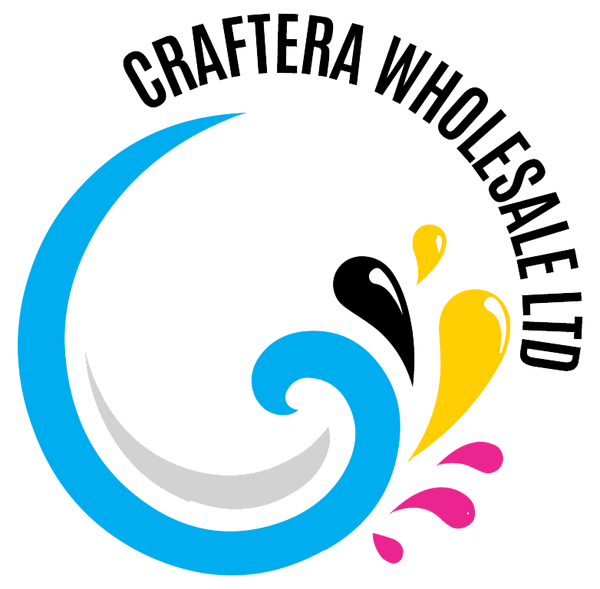Sublimation Printing Guide For Canadian Crafters
 Craftera Sublimation Guide | 2025 Edition
Craftera Sublimation Guide | 2025 Edition
DOWNLOAD THE FULL SUBLIMATION PRINTING GUIDE EBOOK FOR FREE IF YOU ORDER $50 OR MORE! CLICK HERE TO ADD TO YOUR CART
Your Canadian Resource for Sublimation Times, Temps & Tools
Everything you need to get started with sublimation in Canada — no fluff, no customs, no confusion.
Welcome to Craftera Wholesale
We created this guide to help makers, small business owners, and hobbyists confidently press their first blanks without stress. Whether you're customizing mugs for a market or printing shirts for your brand, this guide covers the real info that matters: what blank to use, what temperature to press it at, and how to avoid common mistakes.
As a Canadian supplier, we know how hard it is to find fast shipping, reliable products, and information that isn't buried behind imports or USD-only tutorials. So we fixed that.
Let's get pressing,
The Craftera Wholesale Team
westcoastcraft.ca
